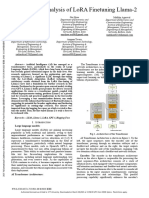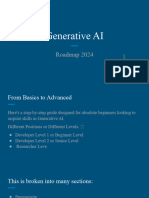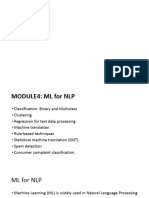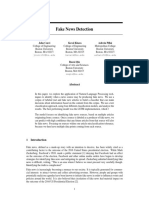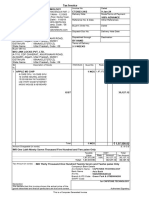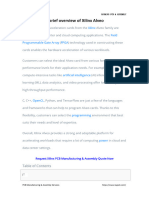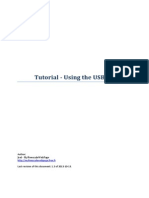0% found this document useful (0 votes)
18 views15 pagesDL Assignment 2 Final
This project presents a deep learning-based News Category Classifier that utilizes Generative AI to enhance content understanding and user interaction. The classifier, built on the DistilBERT model and integrated with a Streamlit UI, accurately categorizes news articles while providing human-like explanations for its predictions. This innovative approach aims to improve transparency and engagement, making it suitable for various applications in journalism and content moderation.
Uploaded by
avasanth081Copyright
© © All Rights Reserved
We take content rights seriously. If you suspect this is your content, claim it here.
Available Formats
Download as PDF, TXT or read online on Scribd
0% found this document useful (0 votes)
18 views15 pagesDL Assignment 2 Final
This project presents a deep learning-based News Category Classifier that utilizes Generative AI to enhance content understanding and user interaction. The classifier, built on the DistilBERT model and integrated with a Streamlit UI, accurately categorizes news articles while providing human-like explanations for its predictions. This innovative approach aims to improve transparency and engagement, making it suitable for various applications in journalism and content moderation.
Uploaded by
avasanth081Copyright
© © All Rights Reserved
We take content rights seriously. If you suspect this is your content, claim it here.
Available Formats
Download as PDF, TXT or read online on Scribd
/ 15









